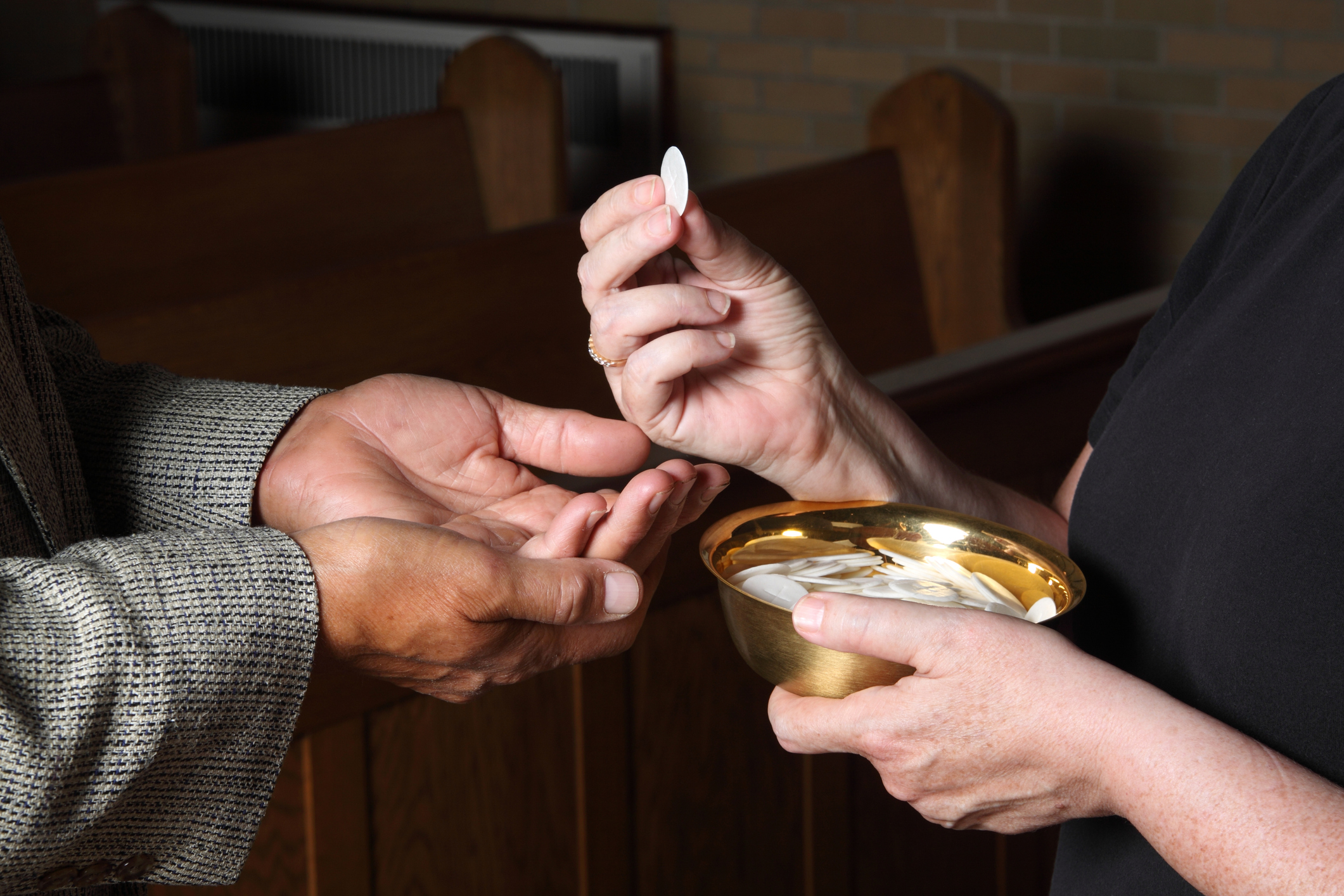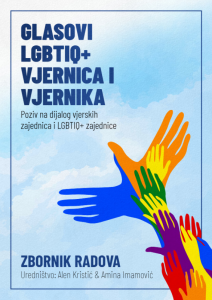The U.S. bishops hope to revive the significance of the Eucharist in the life of the Catholic Church. There is a deep concern that many of the faithful lack a proper understanding of the sacrament. Some recent polls point out this lack of understanding.
For example, a 2019 poll conducted by the Pew Research Center claimed that many Catholics had lost a spiritual connection with the Eucharist at Mass. While more recent polls suggest that Catholics may understand eucharistic theology better than the prior poll found, there still seems to be a general lack of awareness about what the church teaches about the sacrament.
This summer will see the conclusion of the Eucharistic Revival movement in the United States. This three-year program began on June 19, 2022, on the Feast of Corpus Christi, and it will conclude with the Tenth National Eucharistic Congress this Saturday in Indianapolis.
There still seems to be a general lack of awareness about what the church teaches about the Eucharist.
One suggestion for reviving the meaning of the Eucharist, which I would like to propose here, is to shift our perspective on the sacrament. Much of the current discussion concerns what we receive in holy Communion, focusing upon the host and consuming the body of Christ. Of course, this is necessary for a discussion of the Eucharist.
However, we hear less discussion about what happens to those of us who partake of the Lord’s Supper, namely, the expectation that we should be transformed by this celebration. The Eucharist involves a receiving and a sending forth. Indeed, in one promotional notice for the Revival, we read a statement from Pope Francis in which he describes the Eucharist as “a summons to go forth, as missionaries to bring the message of the Father’s tenderness, forgiveness and mercy to every man, woman and child.”
This statement seems to follow an earlier declaration by Pope St. John Paul II, in his 1980 encyclical “Dominicae Cenae” (“The Mystery and Worship of the Eucharist”). Here John Paul II explained:
The authentic sense of the Eucharist becomes of itself the school of active love for neighbor . . . Let us learn to discover with respect the truth about the inner self that becomes the dwelling-place of God present in the Eucharist . . . (and) how the image of each and every one changes when we become aware of this reality . . . The sense of the Eucharistic mystery leads us to love for our neighbor, to love for every human being (6).
Celebrating the Eucharist should transform Christians into compassionate missionaries for Christ who practice active love for their neighbor.
With this in mind, perhaps the U.S. church could gain a greater appreciation for the Eucharist from the perspective of the LGBTQ community, that is to say, from those who have been marginalized in society.
Celebrating the Eucharist should transform Christians into compassionate missionaries for Christ who practice active love for their neighbor.
Jesus promised to gather everyone. Upon his triumphal entry into Jerusalem—on Palm Sunday—Jesus announced to a crowd of people, “When I am lifted up from the earth, I will draw everyone to myself.” In his gospel, St. John explains, “He said this indicating the kind of death he would die” (Jn. 12:32-33). He would be lifted up on a cross.
Earlier in the gospel, John records Jesus making another reference to being lifted up. He said, “And just as Moses lifted up the serpent in the desert, so must the Son of Man be lifted up so that everyone who believes in him may have eternal life” (Jn. 3:14-15).
Moses saved the Israelites by lifting up a serpent. At one point in their long exodus through the desert, they were attacked by seraphs, poisonous snakes with a burning bite. Moses pleaded to God for help. God instructed him to wrap a snake around a pole, hold it up high for all to see and those who look upon it will be saved. Moses followed the Lord’s instruction. He wrapped a bronze replica of a seraph around a pole and lifted it up. Those who looked upon it were saved (Num. 21:8-9).
Jesus remembers the story of Moses as he imagines himself being lifted up for execution. Those who see him and believe will be saved. There is a great irony here: the very thing that threatened people became the sign of their salvation. When Christians gather to celebrate the Eucharist, Sunday after Sunday, we remember the body of the Lord lifted up for our salvation, and we remember his promise that he will draw everyone to himself.
For the Jewish disciples of Jesus, they would have remembered the Passover lamb, whose blood was painted on their ancestors’ doorposts, signaling their fidelity to the covenant with God and saving their first-born child from death. Jesus of Nazareth became the Passover lamb which saved his followers.
Perhaps the U.S. church could gain a greater appreciation for the Eucharist from the perspective of the LGBTQ community, that is to say, from those who have been marginalized in society.
As we pray in the liturgy, “This is the chalice of my blood, the blood of the new and eternal covenant, which will be poured out for you and for many for the forgiveness of sins. Do this in memory of me.” By this memory we are not merely recalling an event of more than 2,000 years ago. Rather, it is more like a “re-membering” in which we are made members once again with Jesus Christ and with one another.
In light of this re-membering, we recall the many people Jesus welcomed into his company who were shunned by the greater society. For example, recall the story of the Samaritan woman at the well (Jn. 4:7-30), and the Parable of the Good Samaritan (Lk. 10:29-37). Remember Zacchaeus, the short tax collector who was desperate to see Jesus (Lk. 19:1-10), and the weeping woman who crashed a dinner party so she could wash Jesus’ feet (Lk. 7:36-50), as well as that most ungrateful young man, the Prodigal Son, whose father welcomed him home with a feast (Luke 15:11-32).
Either by law or by custom these individuals were considered offensive or outcast, yet Jesus shows us how God draws them into the eternal embrace and how they were transformed. Jesus moved beyond the barriers of social standards.
This movement illustrates what Pope Francis called going out to the peripheria. The periphery of society is where we find those who have been marginalized, lacking a voice or any social status. Jesus reached out to the people on the periphery. Those who accept him are transformed. So much of Christian discipleship is about being transformed by Christ.
When we come to the table of the Eucharist we might ask, what difference does it make in our lives? Saint Augustine said, “Place yourselves on the paten. Become what you eat.” We must be transformed by the Eucharist as we are becoming like Christ. We must be ready and willing to welcome everyone in the name of Jesus Christ.
The Eucharist symbolizes the unity of the church, with the gathering of the community around the Lord’s table.
Saint Paul spoke to this issue in his First Letter to the Corinthians (11: 27-32). Paul had received word that some of the Christians in Corinth were celebrating the Eucharist in a selfish manner, ignoring the needs of those around them. We can presume that they were following the rubrics of the ritual supper properly, but ignoring the spirit of the celebration. Paul castigated them for practicing their sacred meal in such a profane manner.
The Eucharist symbolizes the unity of the church, with the gathering of the community around the Lord’s table. The bread that is broken and the cup that is shared symbolizes the promise Jesus made before he was lifted up.
The papal preacher, Cardinal Raniero Cantalamessa, O.F.M. Cap., echoed this promise in his homily this past Good Friday at St. Peter’s Basilica. In his words, Jesus tells the people to “Come to me … everyone, excluding no one: Come to me, and I will give you rest! Didn’t I promise you: When I am lifted up from the earth, I will draw everyone to myself?” The Eucharist becomes the great instrument of bringing all people close to Christ and to one another.



